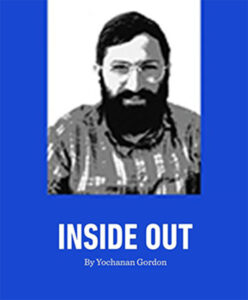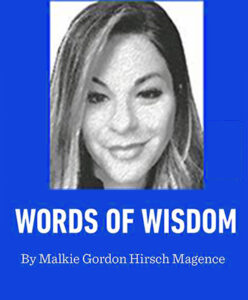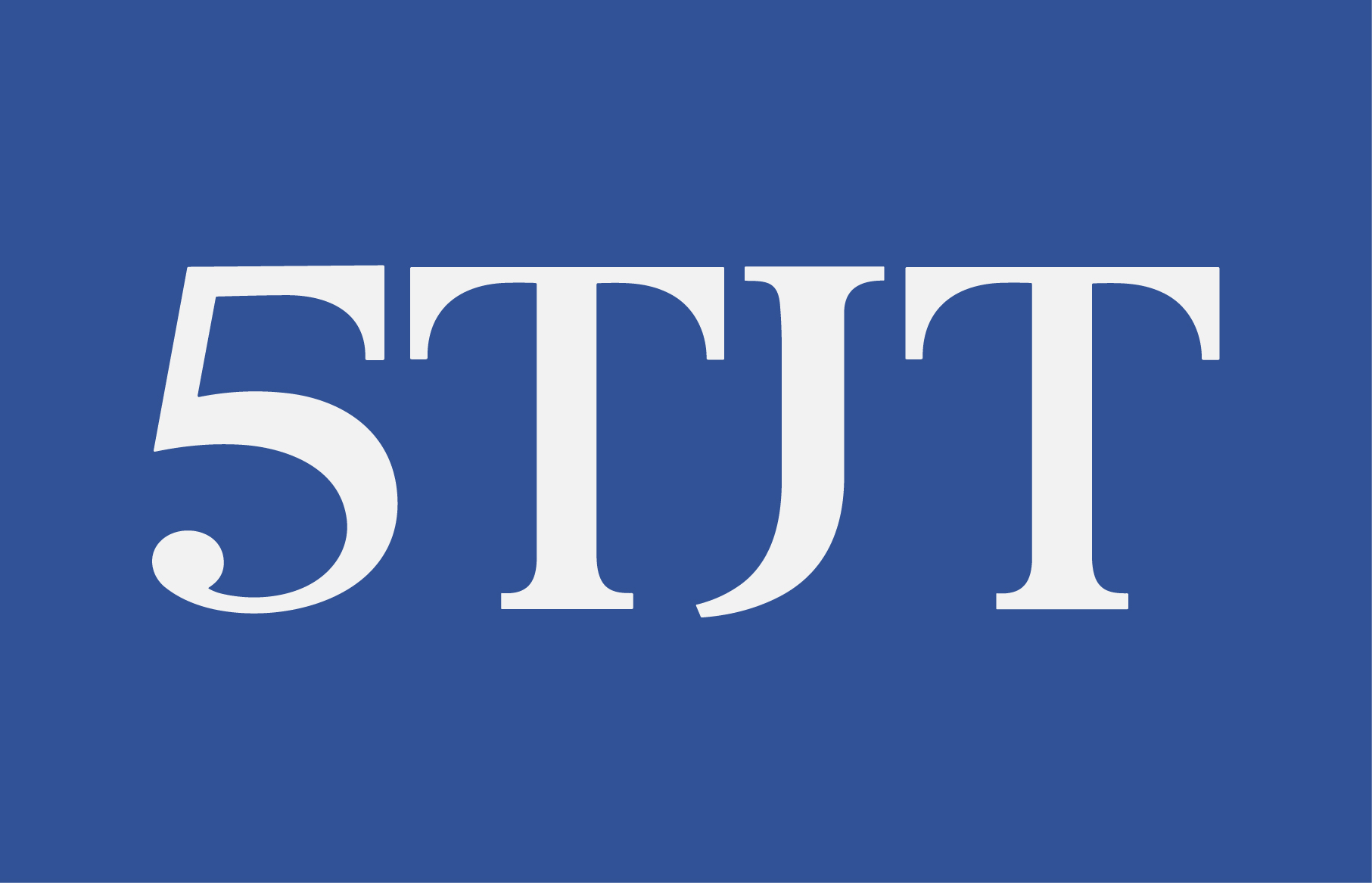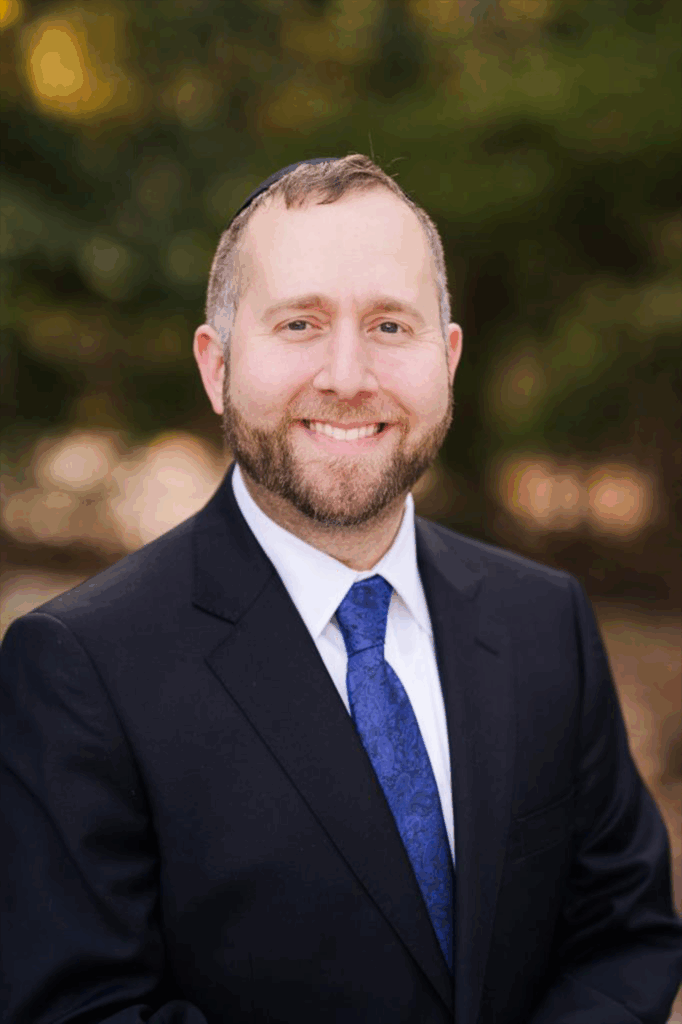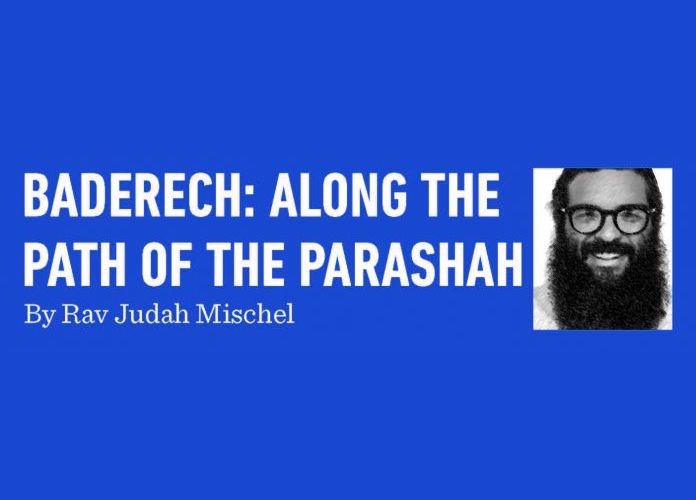Moshiach: Ending The Debate
There is a certain feeling of Divine Providence when the realization sets in that the subject matter that one is learning intersects with the period of the year that one is in.
For instance, if we are reviewing the weekly parashah or the Daf Yomi and there is a clear relevance to a matter of current events on a global scale or in the goings on in a person’s individual life, there is a feeling that G-d is attentive to the words that we are saying.
I’ve been feeling this myself since last week when the opportunity presented itself to address what I perceived as an existential manifestation of the sin of the spies on an individual level, as it pertains to people in positions of authority, like camp or school administrators who reject Jewish children seeking acceptance in their institutions in order to learn and grow.
This week, we read the parashah of Korach, who together with a cohort of 250 men led a mutiny against Moshe Rabbeinu that ended tragically with the ground opening up and burying Korach together with those who sided with him against Moshe.
The Zohar Hakadosh famously writes ispashtusa d’Moshe bechol dara v’dara—there is an extension of Moshe Rabbeinu in every generation. The Lubavitcher Rebbe, Rabbi Menachem Mendel Schneerson, was regarded by many as the Moshe Rabbeinu incarnate in our generation who dispensed blessings, sagacious counsel, and guidance—not only to the Jewish world but far and wide across the world.
He was unparalleled as the most voluminous expositor of Torah, uniting both the revealed and concealed aspects of Torah while delineating a course of action towards perfecting the world while paving the way for the coming of Moshiach.
From the youngest age, the Rebbe records in one of his letters to Itzchak Ben Tzvi, Israel’s second president, how at the age of 4 or 5, the images of the Jewish people’s redemption from exile would form in his mind. This focus on Moshiach would gain steam and intensify throughout the Rebbe’s life and leadership.
There were some who took exception to the messianic expectancy in the persona of the Rebbe during his lifetime but that would increase exponentially and become more vocal following his demise on 3 Tammuz in the year 1994. In fact, the movement to crown the Rebbe as Moshiach posthumously not only alienated to some extent Chabad from the rest of the Jewish world but it even pitted Chabad against Chabad, splitting those who maintained belief in the Rebbe as Moshiach and those who did not.
As it is with most disputes, this one too has been fueled for thirty years as a result of a lack of due diligence in the classic sources, which discuss the laws of Moshiach and his arrival. In this case, although the evidence has been sitting in plain sight in Gemara, Rambam, Midrash, and Zohar for time immemorial, the fact is that the matter of Moshiach is not discussed at length in the Torah or even throughout Shas and many of the other commentators, making this a subject that even many of the greatest Torah scholars lack even basic knowledge in.
Enter Rabbi Aharon Yaakov Lieberman who recently authored and published a kuntres by the name Shmoi Shel Moshiach, which perhaps represents the most thorough treatment, in English, of the laws surrounding the candidacy of Moshiach based on the Gemara, Midrash, and the commentaries of Rashi, Rambam, Maharsha, Yad Ramah, Abarbanel, and many more both old and contemporary. In fact, after reading this revolutionary new kuntres, it emerges that you cannot find a rishon, acharon, or halachic decider who doesn’t maintain that Moshiach could arrive both from someone who is alive or someone who has already passed on.
Rabbi Aharon Yaakov Lieberman was born and raised in London, England. Inspired by learning Tanya, he became a ba’al teshuvah at age 15. Spending seven years learning in yeshiva and kollel in New Jersey, Florida, and New York, culminating in earning semichah. A software engineer by profession, and a humble researcher in his free time, his goal in writing is to increase unity among Yidden.
The eighty-page kuntres has received broad blessing and acclaim by Rabbi Yitzchak Breitowitz from Ohr Somayach, Jerusalem; Rabbi Yitzchak Schochet of the Mill Hill Synagogue in London; Rabbi Yosef Yeshaya Braun of the Bais Din Rabbonei Chabad of Crown Heights; and Rabbi Yehoram Ullman of the Beis Din of Australia. However, I wanted to highlight in part the approbation of Rabbi Zev Leff of Moshav Mattisyahu who writes, “We pray every day to be a people who are modeh al ha’emes. In fact, one of the prerequisites towards acquiring Torah is admitting to the truth. I have, in various public venues, claimed that the idea of Moshiach arising from the dead is not a Jewish concept and has no source in Jewish tradition. After reading Rabbi Lieberman’s kuntres and reading the sources he cites to support this possibility, I feel compelled to write him a public retraction of my previous statement and acknowledge that there are definitely bona fide Torah sources supporting this idea.”
In addition to the English kuntres authored by Rabbi Lieberman, there is a forthcoming Hebrew sefer that is currently over 200 pages and not yet completed, which is an elaboration on the kuntres written together with Rabbi Sholom Zirkind. Rabbi Sholom Zirkind is a renowned talmid chacham, magid shiur, and sought-after speaker. He has researched and published on numerous topics about Moshiach over the last 13 years and given many shiurim on the topic. Many of them can be found at MoshiachLinks.com. He resides in Crown Heights with his wife and children.
I had the opportunity last week to interview Rabbis Lieberman and Zirkind where we discussed the kuntres, how it was born, the stated goal with which it was written to accomplish, and its reception from the broad range of readers that it has reached.
This interview and subsequent article coincide with the third of Tammuz, which this year marks the thirtieth year since the late Lubavitcher Rebbe passed away in 1994. It has been a tradition here in these pages to memorialize the Rebbe and highlight another aspect of his life and leadership. This year, when the opportunity to interview Rabbis Lieberman and Zirkind presented itself, I saw this as an opportunity to shed light on the main issue in the Rebbe’s life and that was the coming of Moshiach.
To the question of how this project was born, Rabbi Lieberman described a recurrent need to field questions on the topic of Moshiach rising posthumously from his learned brothers-in-law whom he said he would regularly discuss these subjects with. It compelled him to take a deep dive into the sources, which resulted in a realization that not only was Moshiach rising posthumously a possibility, but the assumption among the Jewish people in the time of Chazal was that Moshiach would most likely rise from the dead and his arrival from among those living was a possibility but not as likely as the former.
To prove this notion, Rebbe Nachman in the Gemara who says ee min chaya, meaning, if Moshiach would come from the living. If the prevailing opinion was that Moshiach needs to come from the living and the debated detail was whether or not he can arise posthumously, there would be no reason to suppose ee min chaya as the Gemara does.
The source of this Gemara is in Masechta Sanhedrin on 98b where the Gemara asks what the name of Moshiach is. The answer to this question is offered by the batei midrash of Sheila, Yannai, and Chanina. The students in the beis midrash of Rebbe Sheila said that Moshiach’s name was Sheila based on the verse, “Ad ki yavo Shiloh.” The students of the house of Yannai said the name of Moshiach is Yannai based on the verse “Yehi shmoi l’olam, lifnei shemesh yinon shmoi.” And the students of Chananya said that the name of Moshiach was that of their rebbe based on the verse, “I will show you no favor [Chanina].” Lastly, the Gemara posits that Moshiach’s name is Menachem Ben Chizkiyah based on the verse, “Ki rochak mimeni Menachem.”
The students of these batei midrash did not merely cite their rebbe as having the same name as Moshiach, rather they held deeply onto the belief that their rebbe would ultimately be the righteous redeemer both during their life as well as posthumously. This is demonstrated by the fact that they offer as verse in support of their candidacy, a verse that remained constant even after their physical demise from this world.
In fact, there has been precedent throughout history to students maintaining that their rebbe was Moshiach even after their demise from the world. Rebbe Nochum Chernobyler was famous for his belief that the Baal Shem Tov was Moshiach even after he would pass away.
The Gemara says that Dovid Hamelech is Moshiach both in life and posthumously. Although his passing may have ended his messianic mission as the righteous redeemer, he maintains his status as someone befitting to be Moshiach.
The Torah described the goel tzedek as being an ish matzliach, which compels Rambam to codify into law that he isn’t crowned as the righteous redeemer until he succeeds in rebuilding the Beis HaMikdash and ingathers the exiles. If someone succeeds in rebuilding the Beis HaMikdash but doesn’t return the dispersed exiles to Eretz Yisrael, then he isn’t crowned as the Moshiach.
Another pertinent point which was brought to light in the course of our conversation was that Yeshu Hanotzri and other false Messiahs such as Shabtai Tzvi were never, even during their lifetimes, primed to be considered the redeemer. This means to say that the realization of their phoniness was not only brought to light with their demise but rather was seen already by those who were able to discern it during their lifetimes.
Another scholar released a video lauding the great work by Rabbi Lieberman in compiling this highly demonstrative work, proving the possibility of Moshiach rising posthumously through all of the classic sources. He goes on to point out that while this proves the ability for Moshiach to rise posthumously, it doesn’t factor into identifying any particular person as the righteous redeemer.
In fact, I had tried throughout our conversation, in journalistic fashion, to push them in the direction of making the case for the Rebbe returning to be the redeemer, which both Rabbis Lieberman and Zirkind would not fall for. In fact, Rabbi Zirkind made it a point to clarify that the kuntres shmoi shel Moshiach was written in order to put to test a decades-old dispute regarding the Torah’s view of Moshiach rising posthumously and not for the sake of perpetuating discord, which the Jewish people sadly know too much of.
The sincerity of the rabbis shone through in the way they sought to highlight their purpose in writing this sefer to engage in high level and serious Torah discussion rather than perpetuating what has always been seen as a polarizing, ideological debate. In fact, the rabbis are so genuine that they asked me to mention that despite the availability of this kuntres for purchase wherever sefarim are sold, it is available to be downloaded free on their website ShmoiShelMoshiach.com.
There is a lot of analyzation of the sources including the shittos of Rashi, the Maharsha, and the Yad Ramah that I didn’t get to in this article, which was meant to whet the appetite of those interested in clarifying these ideas for themselves. Therefore, I encourage the reader to buy or download the kuntres, familiarize yourself with the material, and in that merit we should see the arrival of our righteous redeemer and return to a rebuilt Jerusalem speedily in our day.
Yochanan Gordon can be reached at [email protected]. Read more of Yochanan’s articles at 5TJT.com.
